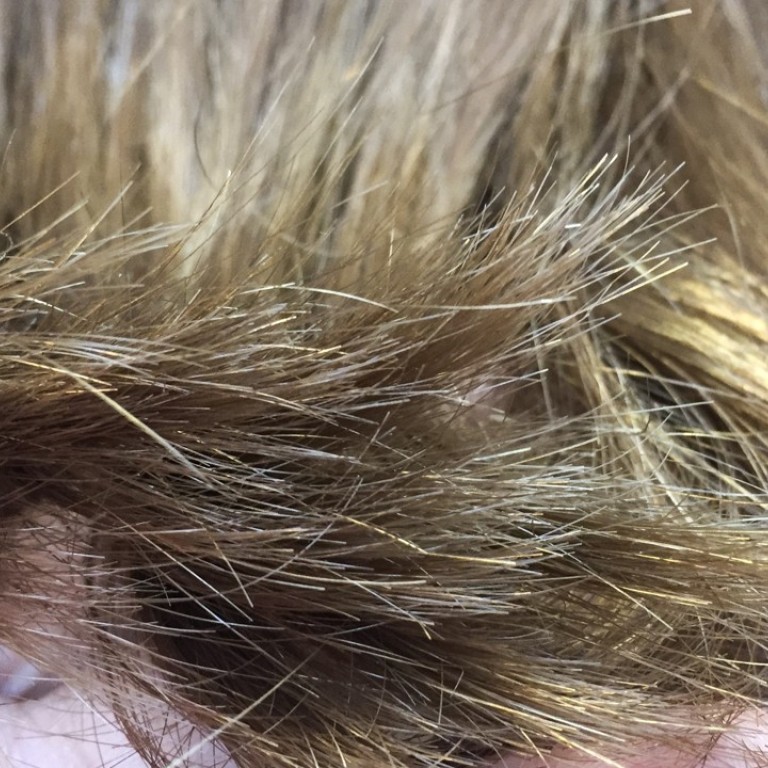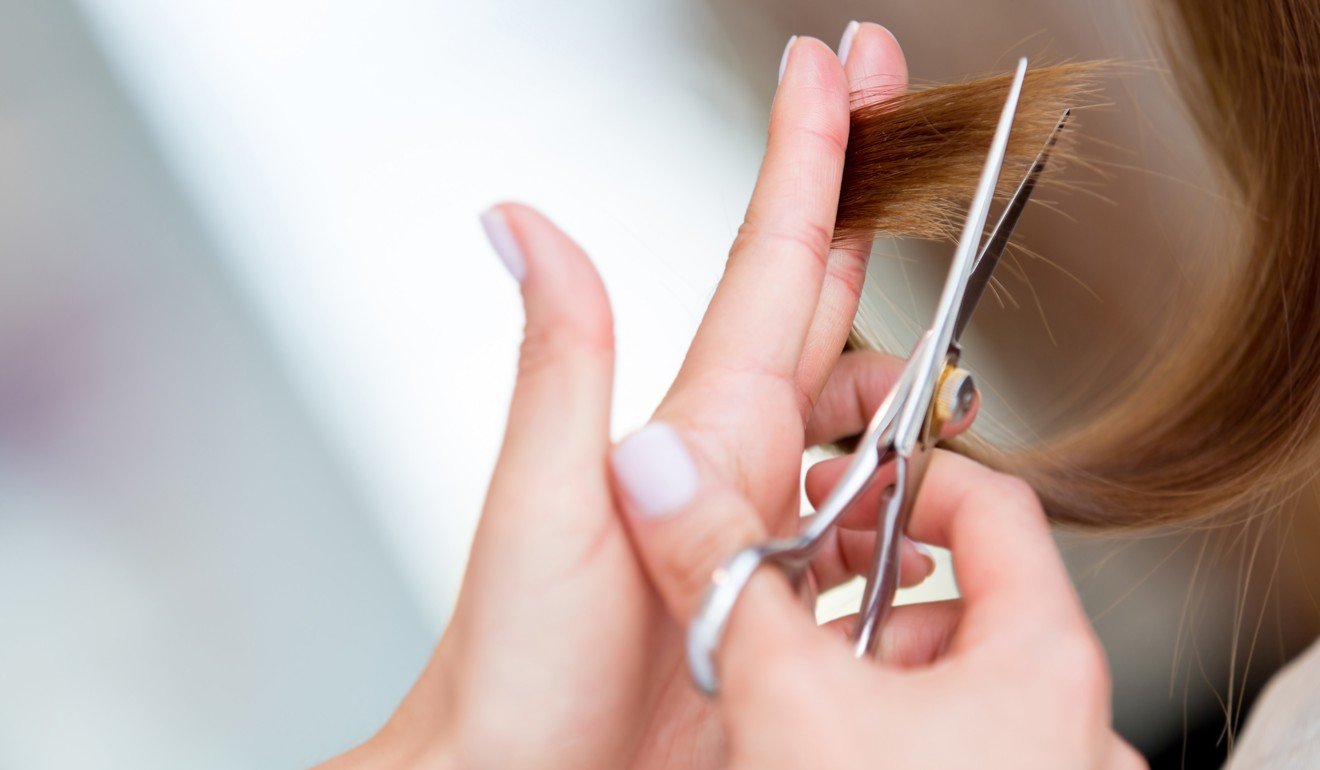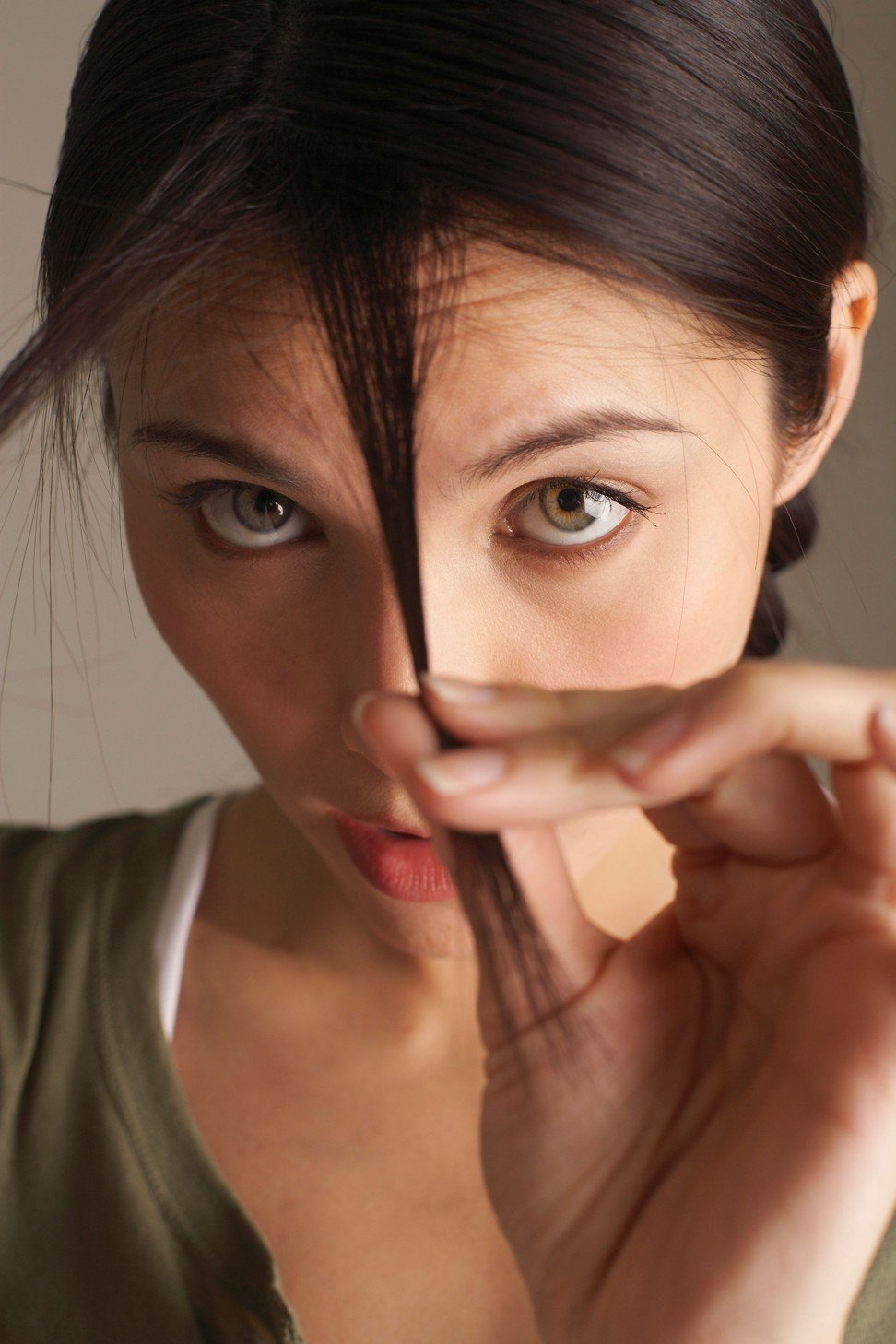
Is cutting your hair the only way to get rid of split ends?
Despite a number of products on the market promising to fix split ends, there is only one way to deal with the problem: get the scissors out and trim your hair
Is trimming the ends of your hair the only way to get rid of split ends?
The short answer : Yes
Split ends (trichoptilosis) don’t just ruin a good hairdo; they can also damage healthy hair and worsen the condition of hair that’s already damaged. The market is flooded with products that claim to “repair” split ends, but do such hair treatments really work?

Kei says that split ends cannot simply be bonded or “glued” back together. “Your hair is made up of three parts – the outer layer, called the cuticle, the middle layer or core, called the cortex, and the inner layer, the medulla. The cuticle holds and binds the cortex, protecting everything that’s inside it, like pigment and moisture. Split ends occur when the cuticle is depleted, leaving the delicate cortex exposed.”

The best and most effective way to deal with unsightly split ends is to cut them off completely. Cutting also prevents them from rising further up the hair shaft and causing more damage. “It’s almost like stopping a tear on a piece of fabric,” says Kei. “If you don’t get rid of it, it’ll only get worse.”

If you use heated hairstyling tools, remember to first protect your locks using a heat protection spray, cream or oil, Ovenden adds. It’s also important to choose heat styling tools that allow you to adjust the temperature or heat level so that you don’t singe your hair. And avoid combing, brushing or tying up your hair when it’s wet, as hair is at its weakest when wet and therefore more prone to damage. Backcombing hair is a no-no, too, as what this does is open up the cuticles, resulting in tremendous damage.

Finally, Kei advises you not to undergo more than one chemical hair treatment on the same day. Your hairstylist will be able to tell you how long to wait in-between chemical hair treatments.

